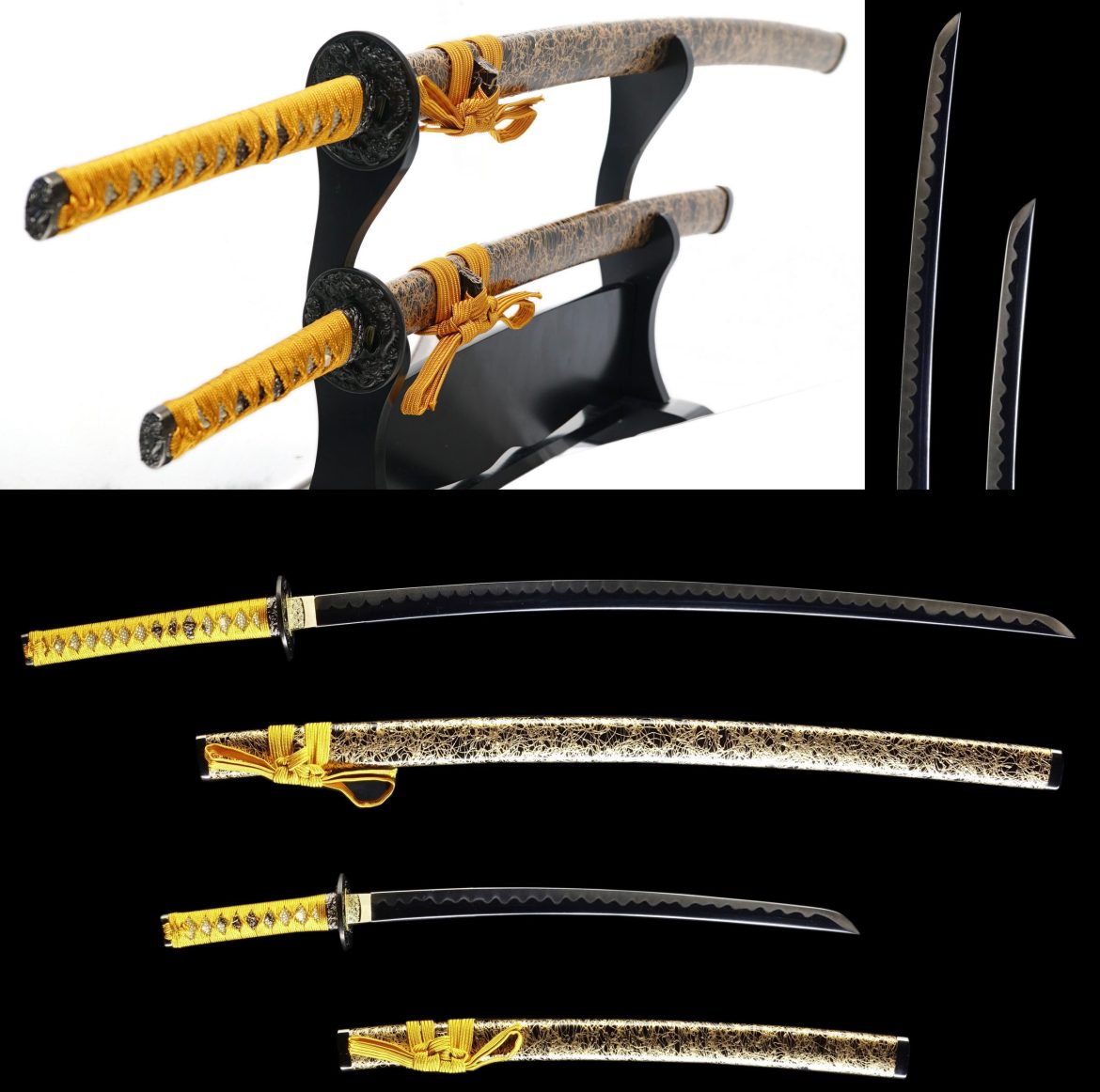Mounting a TV on your wall is a fantastic way to save space, create a sleek look, and enhance your viewing experience. However, the process can be daunting, especially if you’re not familiar with the various types of walls you might encounter. This comprehensive guide will walk you through the steps of mounting a TV on drywall, brick, and concrete walls, ensuring your setup is secure and aesthetically pleasing. You can find more at https://tvwallmounting.ca/ for more on TV installation.
Why Mount Your TV?
Mounting your TV offers several advantages:
- Space-saving: Frees up floor space and eliminates the need for bulky entertainment centers.
- Improved Viewing Angles: Allows you to position your TV at the perfect height and angle.
- Safety: Reduces the risk of the TV being knocked over, which is especially important in households with children or pets.
Tools and Materials You’ll Need
Before you begin, gather the following tools and materials:
- TV wall mount
- Stud finder
- Drill and appropriate drill bits
- Screwdriver
- Level
- Tape measure
- Pencil
- Wall anchors (specific to wall type)
- Masonry drill bits (for brick and concrete)
- Safety goggles and gloves
Step-by-Step Guide for Drywall
Step 1: Locate the Studs
Use a stud finder to locate the studs in the wall. Mark the edges of each stud with a pencil to ensure you’re drilling into the center of the stud, which provides the necessary support for your TV.
Step 2: Mark the Mounting Holes
Hold the TV mount against the wall and align it with the studs. Use a level to ensure it’s straight, then mark the positions of the mounting holes with a pencil.
Step 3: Drill the Pilot Holes
Drill pilot holes into the marked spots on the studs. This will make it easier to drive in the screws and ensure the mount is securely attached.
Step 4: Attach the Mount to the Wall
Align the mount with the pilot holes and use a screwdriver to secure it to the wall. Make sure the mount is firmly attached and level.
Step 5: Attach the TV to the Mount
Follow the manufacturer’s instructions to attach the mounting brackets to the back of your TV. Once attached, lift the TV and hook it onto the wall mount. Ensure it’s securely in place.
Step-by-Step Guide for Brick
Step 1: Choose the Mounting Location
Decide where you want to mount your TV and mark the desired height with a pencil. Use a level to draw a straight line where the top of the mount will go.
Step 2: Mark the Mounting Holes
Hold the mount against the wall and align it with your marked line. Mark the positions of the mounting holes with a pencil.
Step 3: Drill the Pilot Holes
Using a masonry drill bit, drill pilot holes into the brick at the marked spots. Make sure the holes are deep enough to accommodate the wall anchors.
Step 4: Insert Wall Anchors
Insert the wall anchors into the pilot holes. These will expand as you drive in the screws, providing a secure hold in the brick.
Step 5: Attach the Mount to the Wall
Align the mount with the pilot holes and use a screwdriver to secure it to the wall. Make sure the mount is level and firmly attached.
Step 6: Attach the TV to the Mount
Follow the manufacturer’s instructions to attach the mounting brackets to the back of your TV. Once attached, lift the TV and hook it onto the wall mount. Ensure it’s securely in place.
Step-by-Step Guide for Concrete
Step 1: Choose the Mounting Location
Decide where you want to mount your TV and mark the desired height with a pencil. Use a level to draw a straight line where the top of the mount will go.
Step 2: Mark the Mounting Holes
Hold the mount against the wall and align it with your marked line. Mark the positions of the mounting holes with a pencil.

Step 3: Drill the Pilot Holes
Using a masonry drill bit, drill pilot holes into the concrete at the marked spots. Make sure the holes are deep enough to accommodate the wall anchors.
Step 4: Insert Wall Anchors
Insert the wall anchors into the pilot holes. These will expand as you drive in the screws, providing a secure hold in the concrete.
Step 5: Attach the Mount to the Wall
Align the mount with the pilot holes and use a screwdriver to secure it to the wall. Make sure the mount is level and firmly attached.
Step 6: Attach the TV to the Mount
Follow the manufacturer’s instructions to attach the mounting brackets to the back of your TV. Once attached, lift the TV and hook it onto the wall mount. Ensure it’s securely in place.
Additional Tips for a Successful Installation
- Check the Weight Capacity: Ensure your wall mount is rated to support the weight of your TV.
- Hide the Cables: Consider using a cable management system to hide the power and HDMI cables for a cleaner look.
- Use a Friend: Mounting a TV can be a two-person job, especially when it comes to lifting and securing the TV onto the mount.
- Double-Check Measurements: Before drilling any holes, double-check your measurements to ensure the TV will be at the desired height and centered properly.
- Follow the Manufacturer’s Instructions: Always refer to the instructions provided by the wall mount and TV manufacturers for specific guidelines and safety tips.
Troubleshooting Common Issues
- TV is Not Level: Use a level to check and adjust the mount if necessary.
- Mount Feels Loose: Ensure all screws are tightened securely and anchors are properly installed.
- Drilling Problems: If you’re having trouble drilling into brick or concrete, consider renting a hammer drill for more efficient drilling.
Safety Precautions
- Wear Protective Gear: Use safety goggles and gloves to protect yourself while drilling.
- Secure Cables: Ensure cables are not pinched or damaged during installation.
- Confirm Stud Locations: Double-check stud locations to avoid mounting errors.
Final Words
Mounting your TV on the wall, whether it’s drywall, brick, or concrete, can be a straightforward process with the right tools and preparation. By following this step-by-step guide, you can achieve a secure and stylish TV setup that enhances your living space. Remember to take your time, double-check your work, and prioritize safety throughout the installation. Enjoy your newly mounted TV and the improved viewing experience it brings!
Continue Reading



















